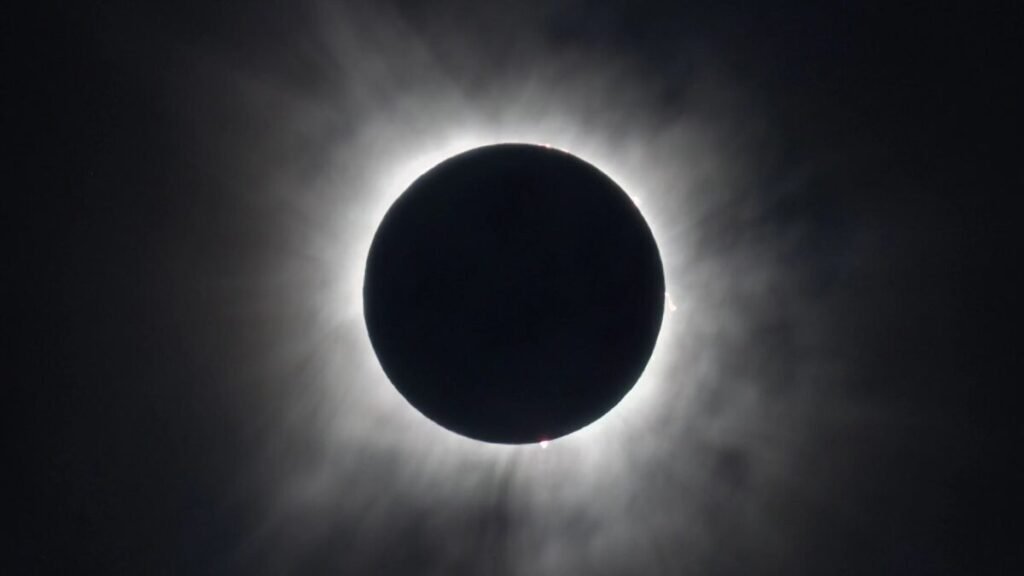The August Black Moon and the Sky Ready to Share Another Secret

Every year, August surprises with its calendar of celestial wonders, but this 2025 the appointment promises to be different. The so-called Black Moon will rise – although no one will be able to see it – on the same night when the Perseids bid farewell to the sky. An encounter of phenomena that, more than hiding, will reveal the intensity of the cosmos.
### An invisible phenomenon with an enigmatic name
The Black Moon is not an official category of astronomy, but a popular term to designate irregularities in the lunar cycle. Under normal conditions, each season has three New Moons; when four appear, the third one receives this special designation. The cycle, almost 33 months long, makes this phenomenon a rare visitor.
In 2025, the sequence began in June and will continue until September, with four appearances in total. Thus, the third one, dated on August 23, will be the one to enter the unique category of Black Moon. Although invisible, its importance lies in the total darkness it leaves behind, a backdrop that other astronomical events know how to take advantage of.
### Coincidence with the Perseids
The key to this edition lies in its synchrony with the Perseids. These luminous streaks, generated by the remains of the Swift-Tuttle comet that incinerate in Earth’s atmosphere, reached their peak splendor in mid-August, but can still be enjoyed until the 24th.
The Black Moon will allow each flash to shine brightly, intensifying the experience for those seeking clear skies free from light pollution. For observers, it will be an exceptional opportunity to witness the contrast between the dark void of the satellite and the fleeting nature of the “shooting stars.”
### Beyond the night sky
Although the Black Moon is invisible, its echo resonates in multiple spheres. For science, it offers an ideal framework to accurately verify the rhythms of celestial mechanics. For culture, it reinforces a halo of mystery that many communities interpret as a time for introspection and renewal.
The extraordinary thing is not that the Moon disappears – it does so with every New Moon phase – but that this time it does it in a rare seasonal sequence and, moreover, in perfect synchrony with the farewell of the Perseids. A double event that will transform the darkness into a spectacle.






